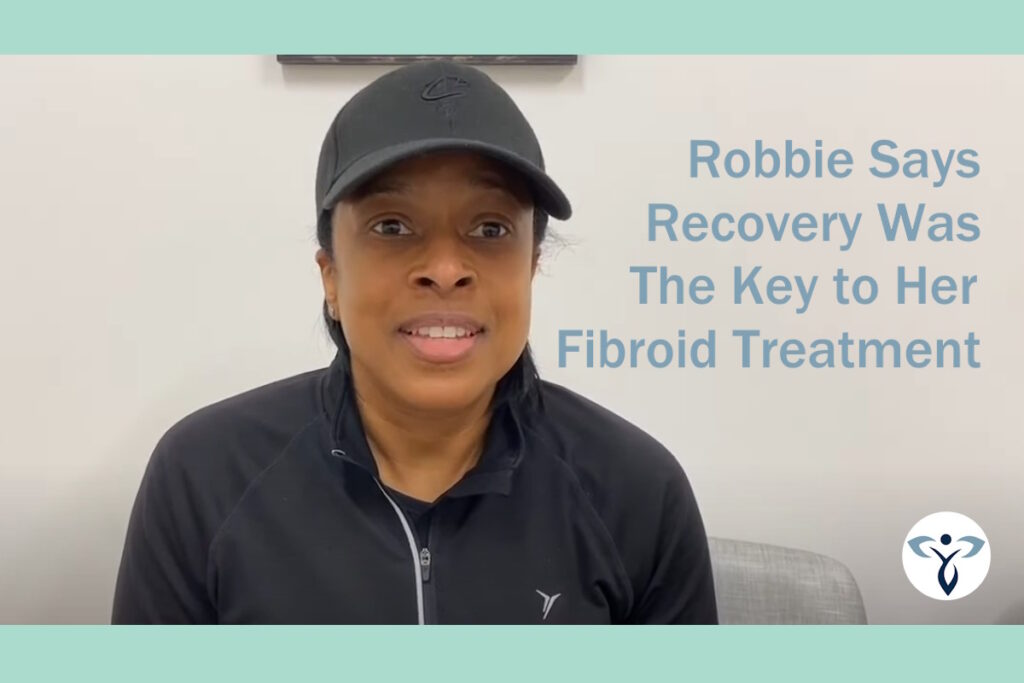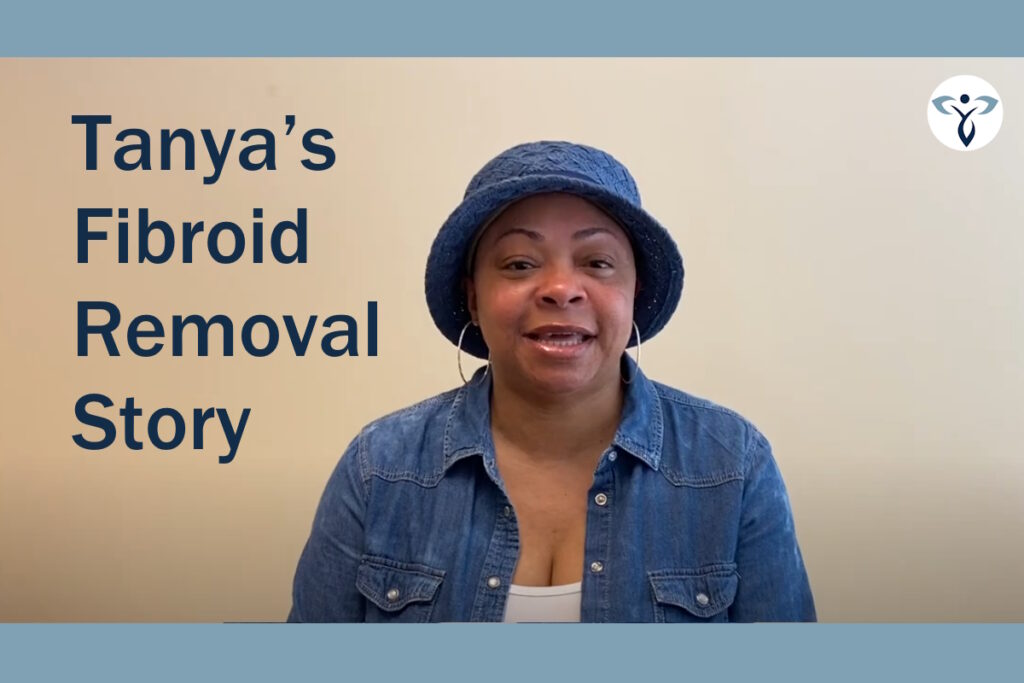Fibroid Institute Adds Dallas Fibroid Doctor Cathryn Shaw, MD
DALLAS, TEXAS: Fibroid Institute Texas welcomes Dallas fibroid doctor Cathryn Shaw, MD to its growing team of specialists. Fibroid Institute providers are dedicated to championing fibroid awareness and education efforts […]
Fibroid Institute Adds Dallas Fibroid Doctor Cathryn Shaw, MD ... Read More »










